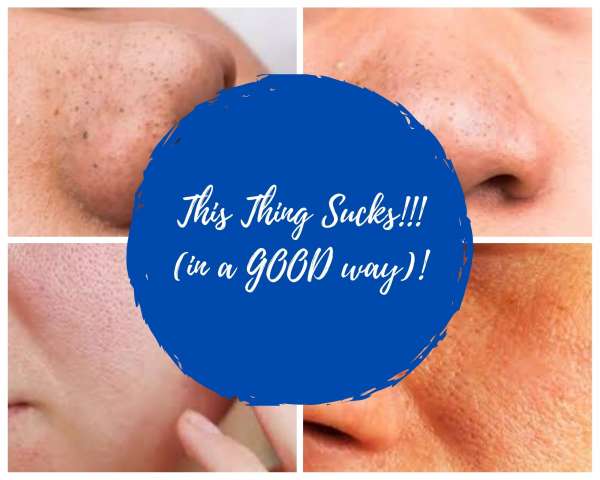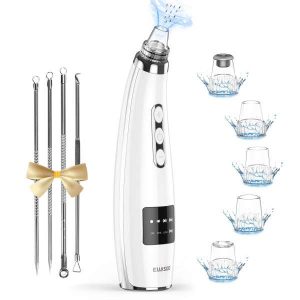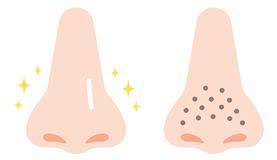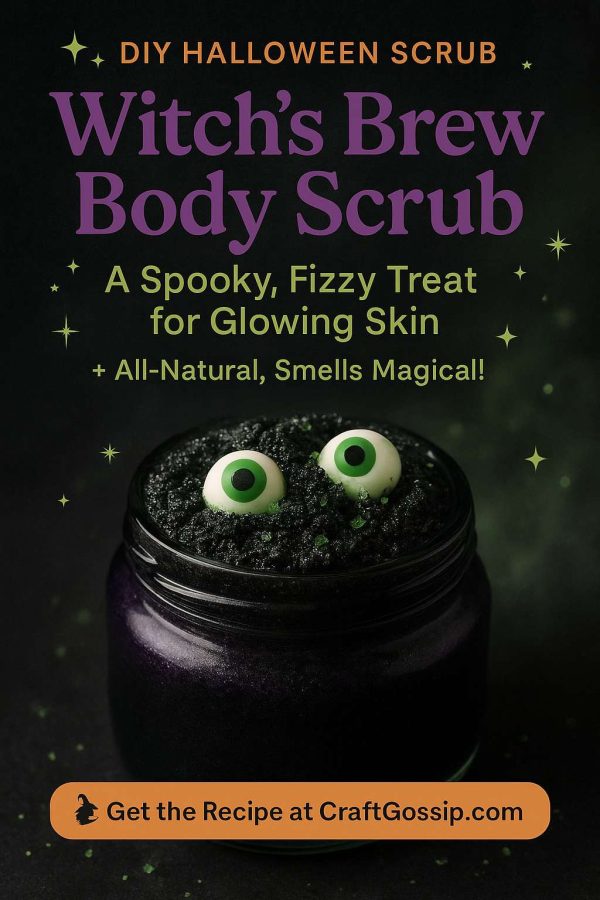
This thing sucks!
But I mean that in the BEST possible way.
Monday I posted about the top 10 beauty trends in 2021 and one of those trends was upping our skincare game. That’s been a theme for me this month as I’ve gotten more serious about the products I use and how consistent I am with them.
One problem I’ve been noticing with my skin, even with good skincare practices, is clogged pores. Even using a good cleanser that’s made for cleaning pores, they were still there and I still didn’t like the looks of them.
That’s where this little gadget comes in. It’s called a Blackhead Pore Vaccum Cleaner, and I kid you not, it is like a vacuum for your face. You can find the device here.

Pore Vaccum
This handy little contraption comes with 5 interchangeable heads, extra O-Rings and filters, is rechargeable, and has 5 different levels of suction that you can try to get the best results for your skin.
Each of the interchangeable heads is designed for different skin conditions (normal skin, combination skin, dry skin, acne, etc.). And as a bonus, they came with 4 other skincare tools to help you get more stubborn acne and blackheads.
To use the device, remove any makeup and wash your face like normal. Use a warm towel or facial steamer over your face for a few minutes to really open up your pores (this step is completely optional, I didn’t do this the first time I used it and was still very happy with my results). Turn the machine on starting with the lowest suction level and increase as needed while moving the machine over the surface of the skin. When you’re done, splash some cold water on your face to close up those pores, clean the removable head, and voila, you’re done!

The first time I used this I was pretty amazed and grossed out at the same time. Amazed because it worked so well, grossed out by seeing all of the gunk it pulled out of my pores. After using it my skin felt smoother and the appearance of my pores was decreased.
I definitely recommend this product if you’re dealing with clogged pores, blackheads, or just want to uplevel your skincare game. I know I’m going to be continuing to use mine!
Happy Crafting!

Leave a Reply